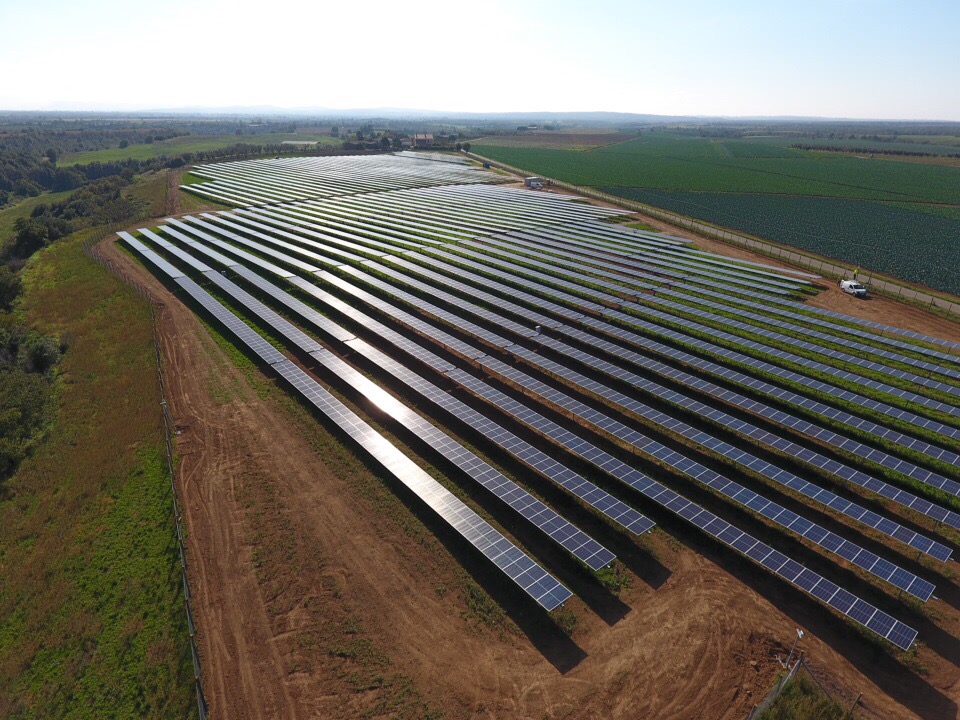
The struggle to provide Africa with energy will become increasingly important, particularly in terms of balancing power with carbon emissions, a new report from the International Energy Agency (IEA) has said.
There is a need to increase spending on the power sector to $120 billion per year.
The continent has struggled to generate enough power to meet demand. The IEA in its Africa Energy Outlook 2019 report said that sufficient power could be generated for an economy four times larger, with only 50% more energy. This would require a shift into natural gas and renewables, in addition to improving efficiency.
Some progress is being made in terms of providing power to the people, with the number without electricity peaking at 620 million in 2013, declining to 595 million in 2018. Such projects are strained though by the rate at which the population grows. Ethiopia, Tanzania and Kenya were also noted as having made progress in broadening access to electricity.
More people, a shift into cities, higher incomes and more hot weather will also drive the need for more cooling. Demand for this will double, the IEA said, but efficiency measures can halve the electricity needed for such a shift.
Gas will play a key role in this drive to generate power, driven by the substantial volume of domestic resources discovered since 2011. Mozambique and Tanzania account for 24% of the world’s finds between 2011 and 2018, while Africa as a whole accounts for around 41%. Gas only provides 5% of the continent’s power mix at present, but rises to 24% under the IEA’s Africa case.
The IEA’s projection puts output as increasing by 270 billion cubic metres by 2040, doubling 2018 volumes. In order to exploit the gas resources there will be a need for large-scale pipelines but this infrastructure is expensive and so is likely to be combined with other methods, such as gas-by-wire and compressed natural gas (CNG) or LNG to reach remote markets.
While domestic consumption will rise, the continent also becomes a major exporter, led by Mozambique and Egypt.
Renewables accounts for three quarters of the continent’s new generation, with solar photovoltaic taking the top spot in terms of installed capacity, and second position in terms of generation output.
The continent’s oil exports cannot be relied upon as a stable source of income, as the last few years have demonstrated, but there is scope for new mineral flows to be sent around the world. Africa holds more than half the world’s resources of cobalt, platinum and tantalum, all of which play a part in engineering for new energies. The IEA also said gas is likely to provide a more secure source of revenues than oil.
Recommended for you

